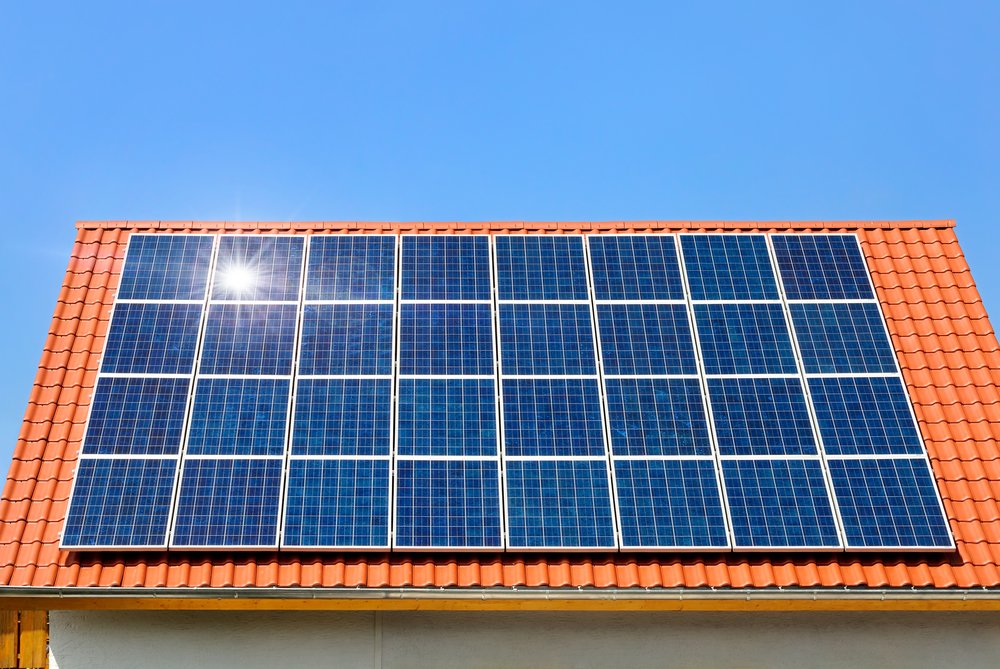The Complete Guide to Solar Power Setup: Conserve Cash and Go Eco-friendly
Discovering the subtleties of solar energy installment discloses a multifaceted approach to both cost savings and environmental responsibility. Homeowners are increasingly considering solar power not only as a viable alternative but as a strategic investment that can generate significant lasting advantages. Nevertheless, the process involves careful consideration of numerous variables, consisting of system choice and installment treatments. Comprehending these elements is crucial for maximizing performance and cost savings. What particular steps should one require to guarantee a successful change to solar power, and how can economic rewards further boost this venture?
Benefits of Solar Power
The growing fostering of solar energy shows a substantial change toward sustainability and environmental duty. One of the key benefits of solar power is its ability to minimize reliance on fossil fuels, bring about reduced greenhouse gas exhausts. By harnessing the sunlight's power, people and businesses can add to a cleaner setting and reduce the negative effects of climate modification.
In addition, solar power can cause significant monetary cost savings. As soon as installed, solar panels dramatically reduced electrical power expenses, as they create power from a renewable source. Numerous federal governments additionally offer incentives, refunds, and tax credits to encourage solar adoption, even more improving financial stability.
An additional notable advantage is energy independence. Solar power systems allow property owners and companies to create their own electrical power, decreasing vulnerability to changing energy costs and supply interruptions. Additionally, solar energy systems require minimal maintenance, translating to reduced lasting functional expenses.
Selecting the Right Solar System

Solar systems differ significantly in price depending on their type, size, and effectiveness. Think about prospective funding choices such as financings, leases, or power acquisition arrangements (PPAs) that might relieve upfront prices.
Readily available room is an additional critical factor. Assess your roof's orientation, angle, and shading, as these components can influence photovoltaic panel effectiveness. If roofing area is limited or unsuitable, ground-mounted systems might be a sensible option.
It's essential to perform complete research study to understand the specific motivations offered in your area, as they can differ commonly. Consulting with a solar installation specialist can assist you browse these choices efficiently, guaranteeing you optimize your savings while adding to a much more lasting energy future.
Maintaining Your Planetary System
Effective upkeep is important for ensuring the long life and optimal efficiency of your solar power system. Normal upkeep can assist avoid small issues from rising into expensive repairs and make sure optimal energy effectiveness.
Begin with regular examinations of your solar panels, ideally every six months. Cleaning up the panels, specifically in areas susceptible to dirt or bird droppings, can dramatically enhance energy production.
Following, check the inverter. This component converts solar energy into functional electricity and need to continue reading this be examined monthly. Many modern inverters have keeping an eye on systems that signal you to efficiency concerns, permitting for timely intervention.
Furthermore, check the electrical wiring and links for any kind of indicators of deterioration or damages, as these can bring about lowered performance or system failing. Take into consideration specialist upkeep solutions every year for a detailed examination.
Final Thought
In final thought, the adoption of solar power presents substantial benefits, consisting of decreased electrical power costs and a positive ecological effect. Cautious consideration in selecting the ideal planetary system, combined with click reference a clear understanding of the installation procedure, improves the general experience. Financial incentives and normal upkeep even more contribute to the lasting benefits of solar energy. Inevitably, accepting solar innovation stands for a crucial action toward sustainability and power self-reliance, fostering a greener future for all.